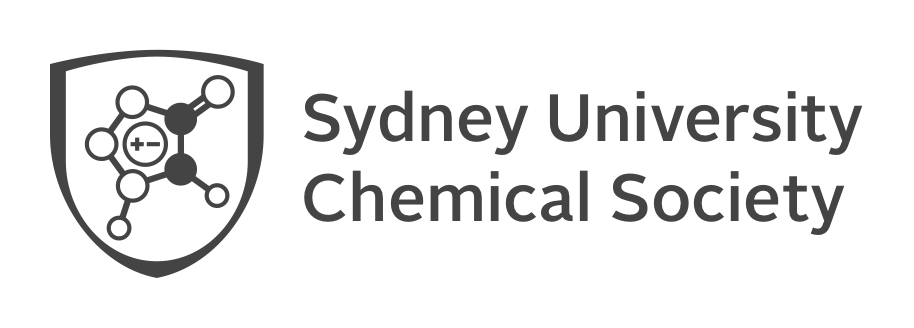Chemistry on Quantum Computers
Ivan Kassal is a Professor of Chemical Physics and an ARC Future Fellow who has been a member of the School of Chemistry since 2017. He is a theorist known for his work at the interface between quantum science and chemistry, biology, and materials science. He is a recipient of DECRA, Westpac, and Future fellowships, of the Australian Academy of Science Le Fèvre Medal and of the Royal Australian Chemical Institute Physical Chemistry Lectureship.

Photo: Stefanie Zingsheim.
Quantum computing offers a promising new paradigm for solving some of the most important—but persistently intractable—problems in chemistry.
On conventional computers, predicting chemical properties such as energies or reaction rates rapidly becomes harder for larger molecules. The difficulty of representing quantum effects such as entanglement on classical computers means that the most accurate chemical simulation techniques are restricted to small systems. While computational chemists have developed clever approximations to simplify these calculations, there remain difficult molecules and reactions where standard techniques are unreliable.
Quantum computers could simulate chemistry exponentially faster than classical ones. My group has developed a suite of quantum methods that could dramatically accelerate chemical simulations, especially the simulation of chemical reactions. Faster simulation would accelerate both our understanding of chemistry and the discovery of new functional materials, pharmaceuticals, and other useful molecules.
Partly because of our work, simulating chemistry is widely expected to be among the first practically relevant problems where quantum computers will outperform conventional ones. For instance, “quantum chemistry simulation” is one of the 8 pillars of CSIRO’s Quantum Technology Roadmap for building a $4B quantum industry in Australia by 2040 and the National Quantum Strategy lists as priorities “simulate complex molecules which have applications in advanced materials” and “model chemical and drug reactions”.

A recent highlight has been my collaboration with Dr Ting Rei Tan from the School of Physics to develop analog quantum computers to simulate chemical reactions. Analog computers are not fully programmable, but they are easier to build and can simulate interesting problems very naturally.
We recently used Dr Tan’s ion-trap quantum computer to simulate chemical dynamics around a conical intersection. This led to the first direct observation of wavepacket interference around a conical intersection, a key feature of ultrafast photochemical dynamics, but which it is impossible to detect directly in any chemical experiment. One advantage of using a simulator is that the quantum dynamics that takes place on femtosecond timescales in molecules can be slowed down to the more manageable milliseconds in trapped ions.
We recently teamed up with Prof. Pablo Fernandez Peñas, the Head of Dermatology at Westmead, to use quantum technology for applications in the biological and health sectors. With funding from the Wellcome Leap Foundation, we are aiming to use quantum computing to help develop new molecules for treating skin cancers or improving sunscreens.
Now is a fantastic time to be working in quantum computing, with more powerful devices coming online and there being tremendous interest from government and industry. Over the past few years, our work has been supported by Wellcome Leap, Google, the US Office of Naval Research, the Australian Research Council, Lockheed Martin, and the Sydney Quantum Academy. And Sydney is a terrific place to be doing this work, being an international recognised centre of innovation in a country that, for a few decades now, has been punching well above its weight in quantum technology.
